Wild perennials in the garden: planning and creating a colorful shrub bed
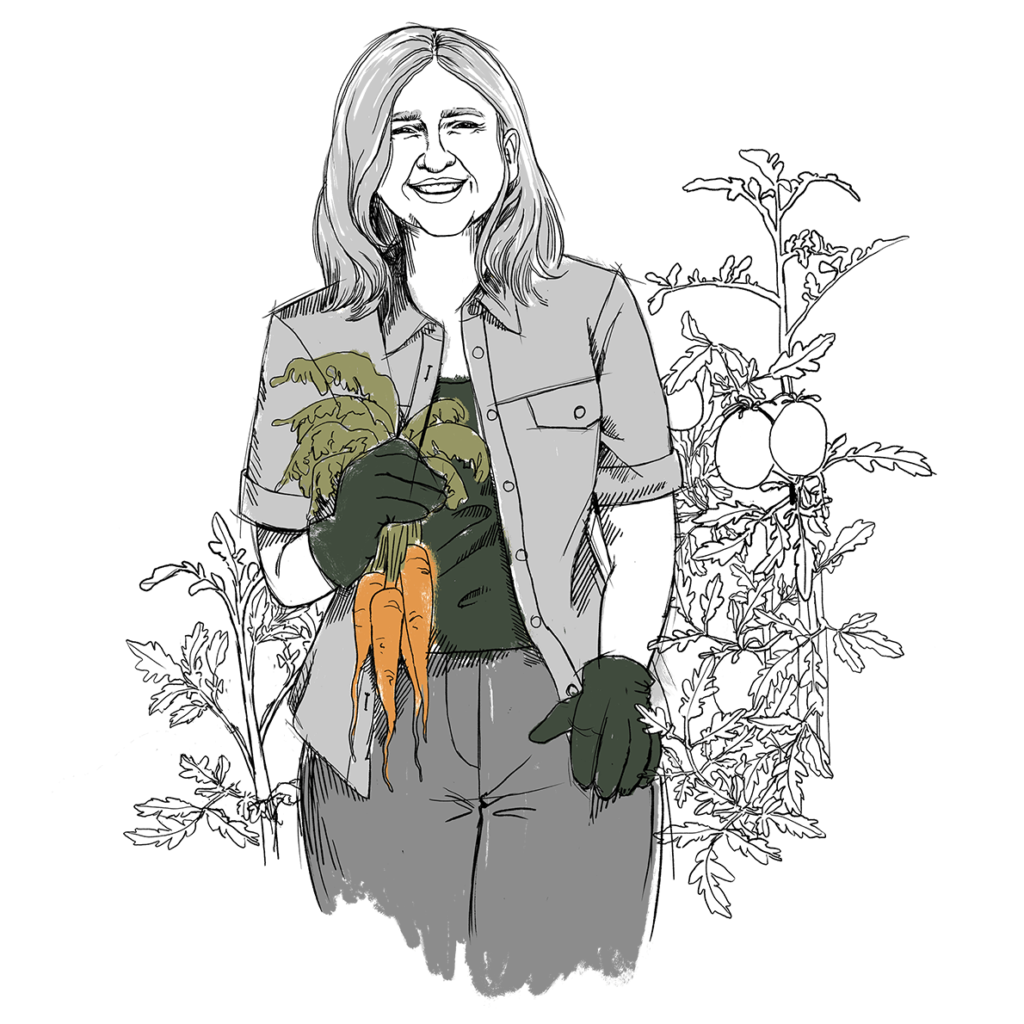
Would you like a colorful, lushly flowering garden?
But the never-ending care of flower beds is too tedious for you?
The solution is called: WILD PERENNIALS!
Once planted or sown, they remain faithful to you for a long time, take hardly any work and are an excellent food source for bees, bumblebees and numerous other insects.
WILD perennials: undemanding and always in top form
Wild perennials are, as the name suggests, plants that occur wild in nature and have not been further bred. Over time they have adapted perfectly to their environment. Unlike the cultivated forms, they do not require special care such as fertilization and cold protection, nor do they need regular watering. The flowers of wild perennials do not grow too large and retain their simplicity – they captivate with their natural beauty.
Simple – but oho!
Many flower and perennial varieties that have been further developed and refined by breeding carry “double” flowers. These are large, striking flowers with numerous petals. They were bred to decorate the garden as splendidly as possible. Unfortunately, one thing has been left out: their original function.
Through breeding, the stamens – those parts of the plant that produce the pollen – were transformed into petals. Because of this change, many magnificent flowers no longer provide food for insects. So ecologically they are quite worthless.
Wild shrubs, on the other hand, attract bees, bumblebees and many other insects into your garden and offer them a rich menu. They are – as already mentioned – very frugal. All you have to do is set/seed them and then (pretty much) only watch how your garden turns into a colorful and humming sea of flowers!
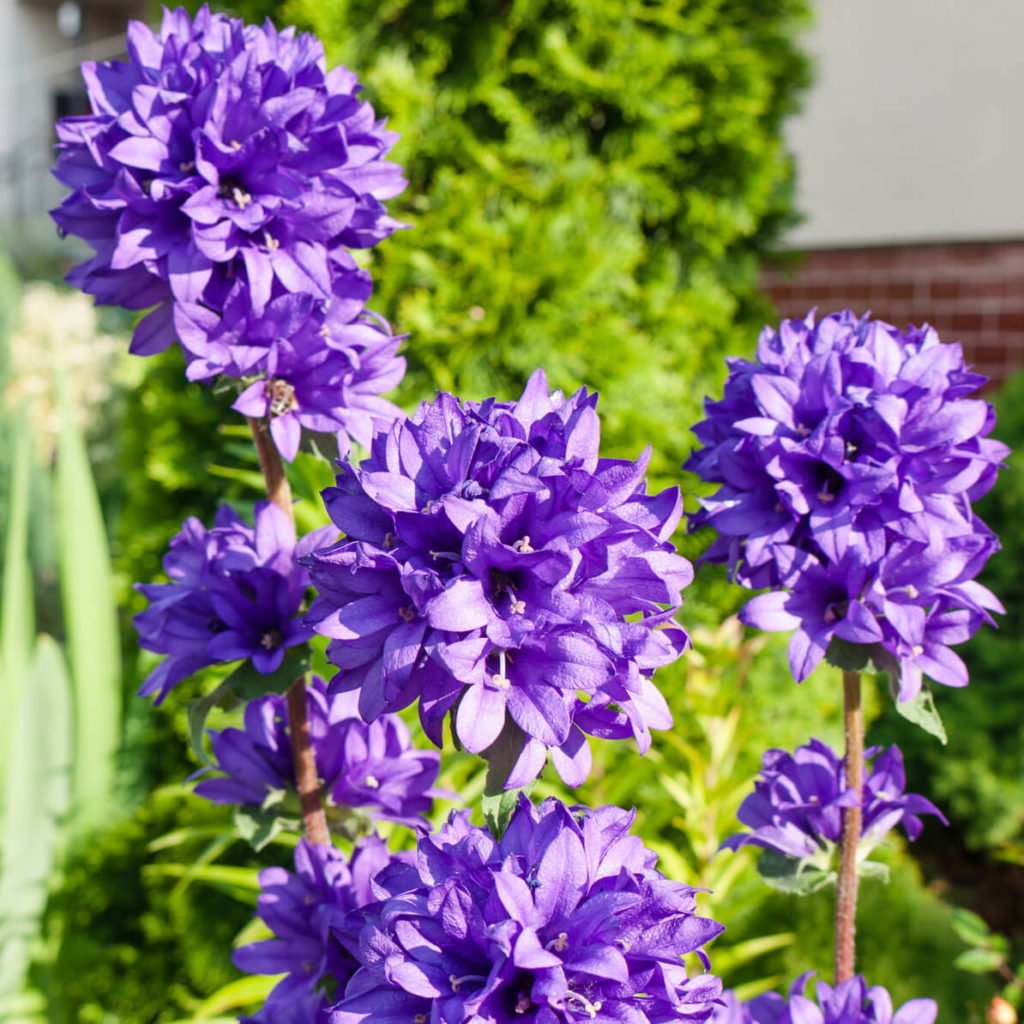
How to plan your wild shrub bed
The less work you want to have with your perennial bed later on, the more carefully you should proceed with planning and planting.
Adapt the plants to the location, not vice versa!
When choosing plants, consider the conditions of your garden. Whether you plant your perennial bed in full sunshine as an eye-catcher in the middle of a lawn or in (semi)shade as an underplanting of your fruit tree – you will find suitable plants for every location.
You should also not ignore the condition of the ground. Some plants thrive better in light, dry soils (yarrow, red campion or the biennial large-flowered mullein), others in heavy, damp soils (forest honeysuckle, mountain corn flower, common loosestrife).
Flower love – as you like it
It is your garden and you should feel comfortable in it. Therefore, among the plants suitable for your bed, choose those that you like. You can ignore the well-intentioned advice of your aunt, neighbor or grandpa if the plants do not suit your taste.
Which color, which shape? There are no limits to your fantasy!
But beware – even the wild shrubs do not want to be mixed too wildly. Your bed might look a little restless. Considering the size of your bed, it has proven to be a good idea to place the perennials in small groups of 3 or 4 of a single variety.
If you have children or pets, keep in mind that some plants are poisonous and avoid them for safety’s sake. Among the most poisonous wild plants are wolfsbane, autumn saffron or the spotted arum.
Think also of the small garden inhabitants – with blooms around the year
Choose the plants so that there is always something flowering in the bed. This is beautiful to the eye and a great favor for butterflies, bees, bumblebees, etc. Because if they find some tasty flowers in your garden at any time, they’ll be around almost all year round.
The early starters among the wild perennials begin to bloom as early as March, like the protected pasque with its bright purple flowers. Cowslip and red campion follow in April. From May on, different types of meadow sage, daisies, scabious, bellflowers and much more really get going. Many of these wild plants are untiring permanent bloomers that bring color to your bed for several months. In September, the joy of flowering slowly diminishes, but there are still perennials that hold their ground, like chicory or yarrow. Meadow flake flowers shine with their purple flowers until November!
Be brave and just go for it
You are fuming, because there are too many things you need to pay attention to?
Then be brave and experiment with the plants you like best. Since wild shrubs are very robust, they usually succeed even in less than ideal locations. And don’t be surprised if a wild plant – according to its name – disappears from the scene only to reappear somewhere else later. Let nature help shape it!
Inspiration comes from our wildflower package – with a mix of insect-friendly, beautiful plants.
This is how your wild shrubs will thrive – guaranteed!
Prepare your shrub bed well
loosen the earth with a digging fork – this way you don’t mess up the soil layers. Mix hard, clayey soils with some sand to make them permeable. Remove all weeds. Thoroughness pays off especially with root weeds (couch grass, field bindweed).
Verteile die Pflanzen gleichmäßig
before you start planting, place all the plants in their pots regularly on the bed.This way you avoid placing too close on one side and creating gaps elsewhere.
If your bed is located at the fence/house wall, then place the highest plants to the back and the lowest to the front. If your bed is in the middle, the tall plants are in the middle, the low ones around it.
Set the wild shrubs as deep as in the pot
When planting, make sure that the entire root ball disappears into the soil, but do not plant the plant deeper. The plant heart must absolutely be above the ground, otherwise it will rot.
Water extensively and regularly
The perennials need regular watering in the first few weeks before they can grow properly. The soil must always be well moist, but of course not wet. So the roots soon connect with the soil and the wild perennials grow quickly and healthily.
Would you like to watch a video about creating a wild shrub bed?
Then watch the following film – produced in cooperation with the popular bio-garten magazine Kraut und Rüben:
By the way, autumn is the perfect time to plant new (wild) perennials and shrubs!
Article: DI Doris Kampas
Photo credits: bio-garten

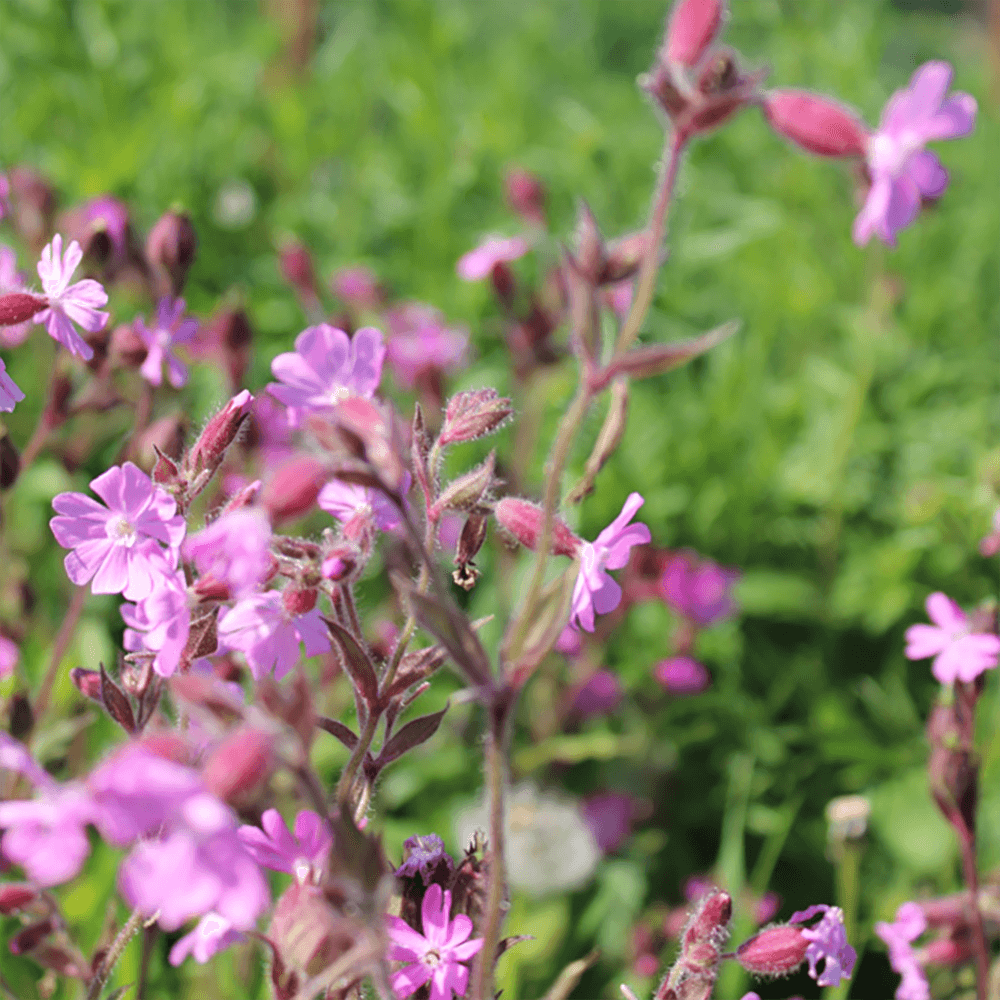
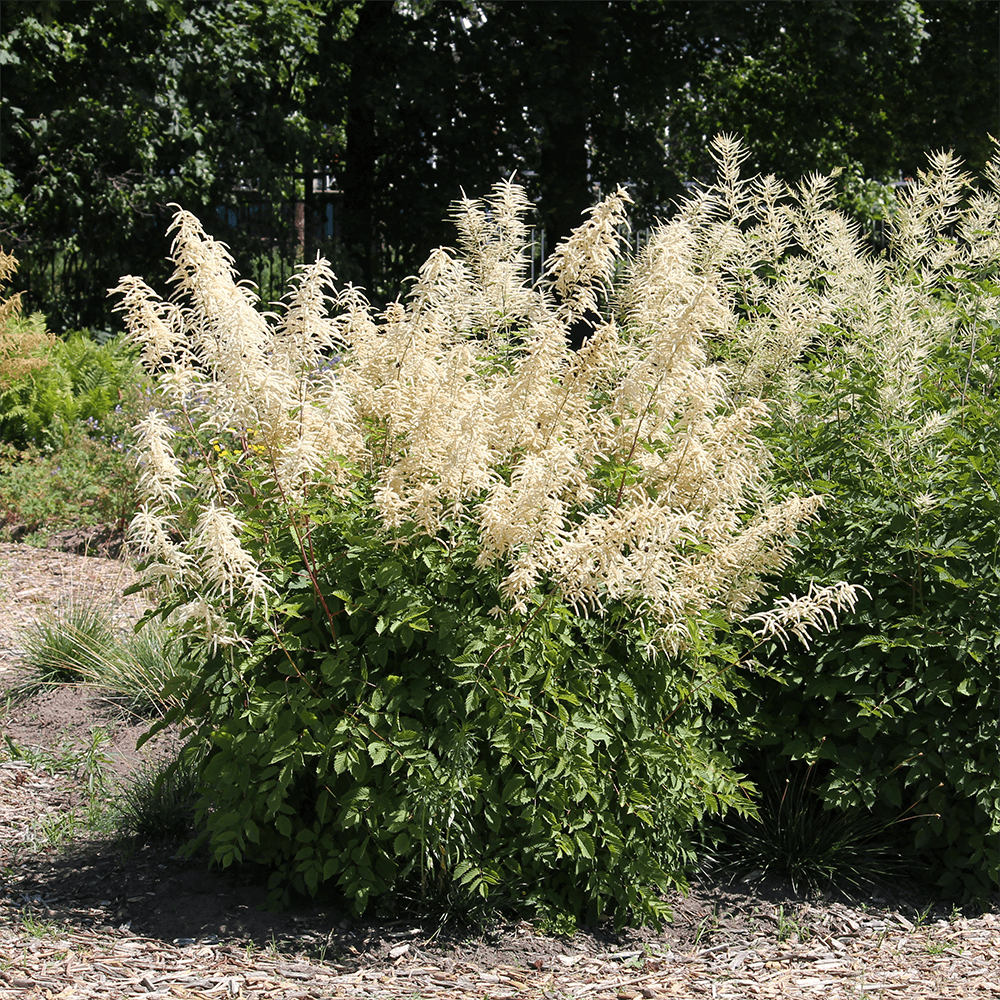
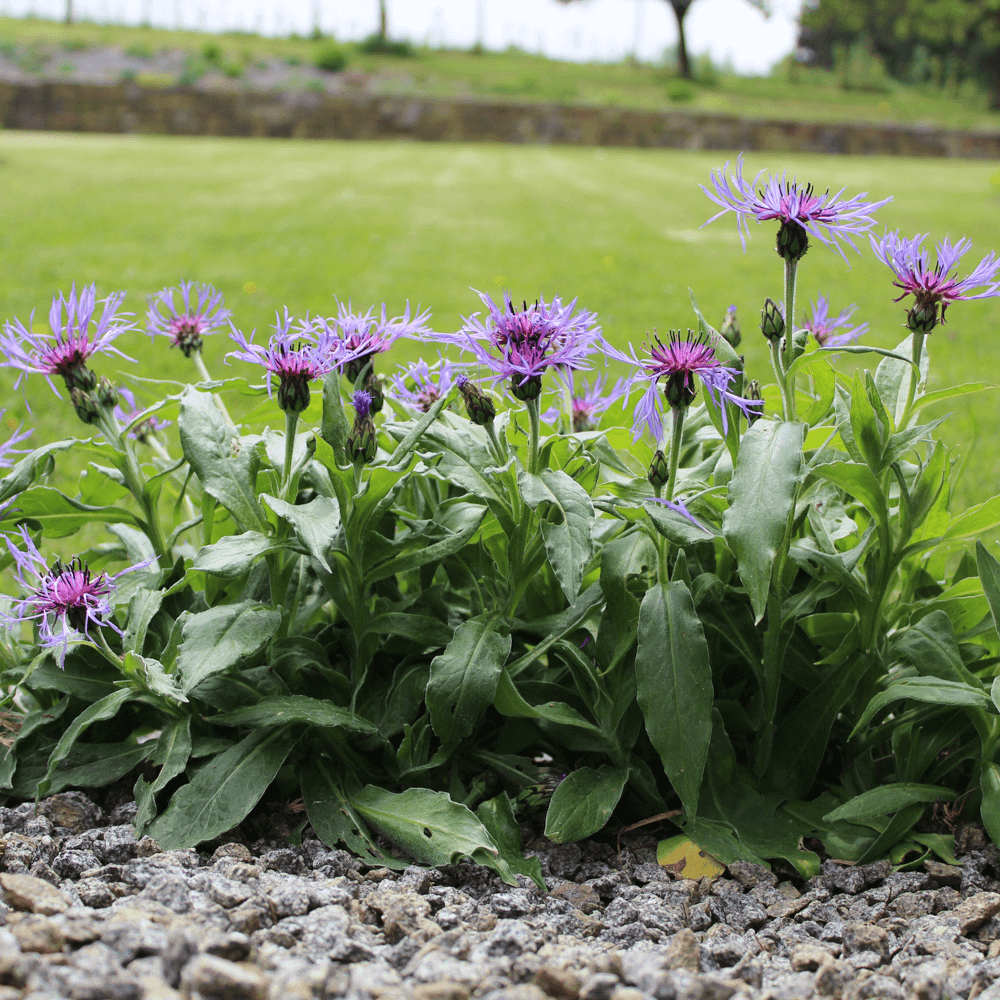
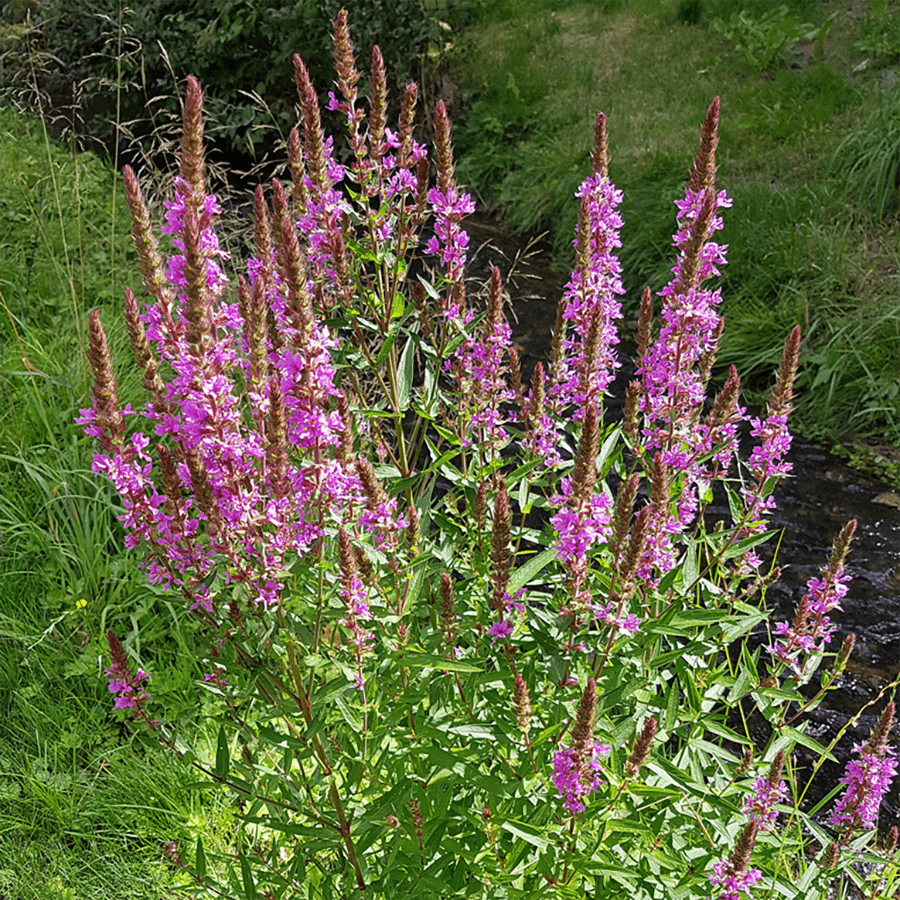
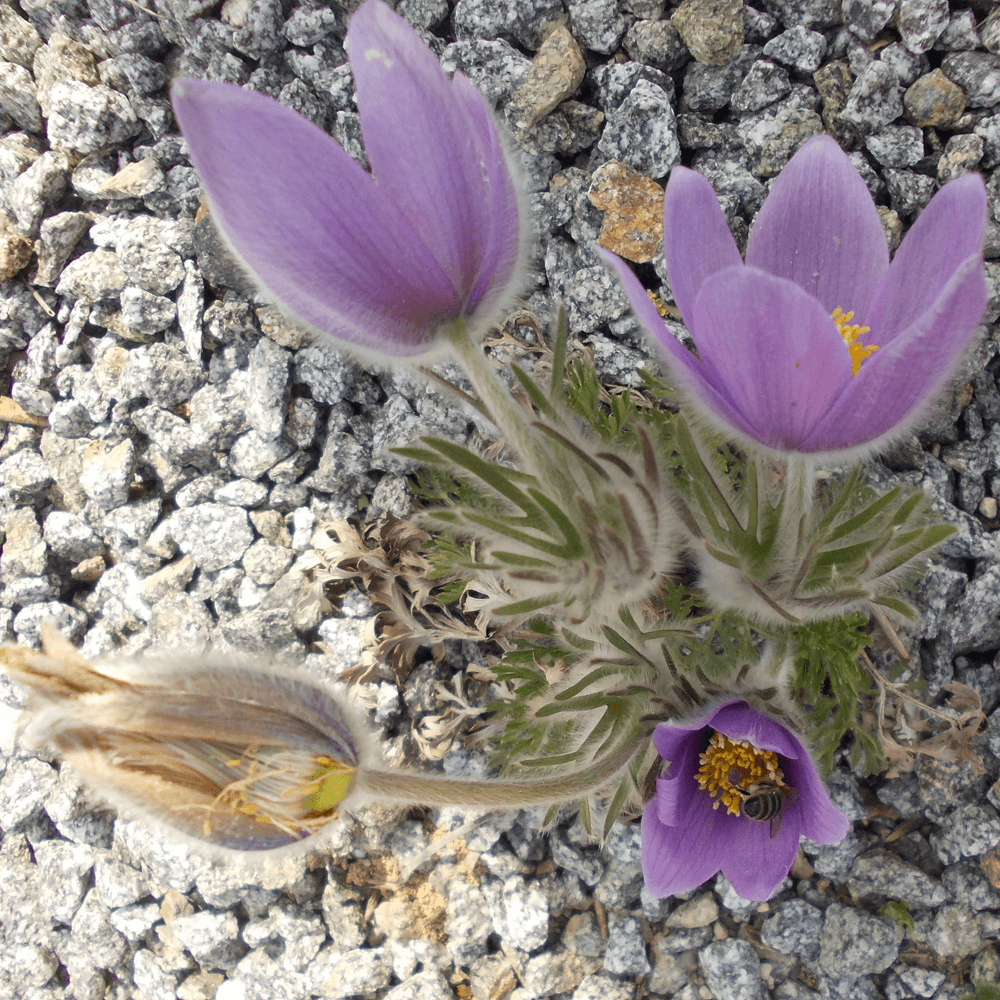
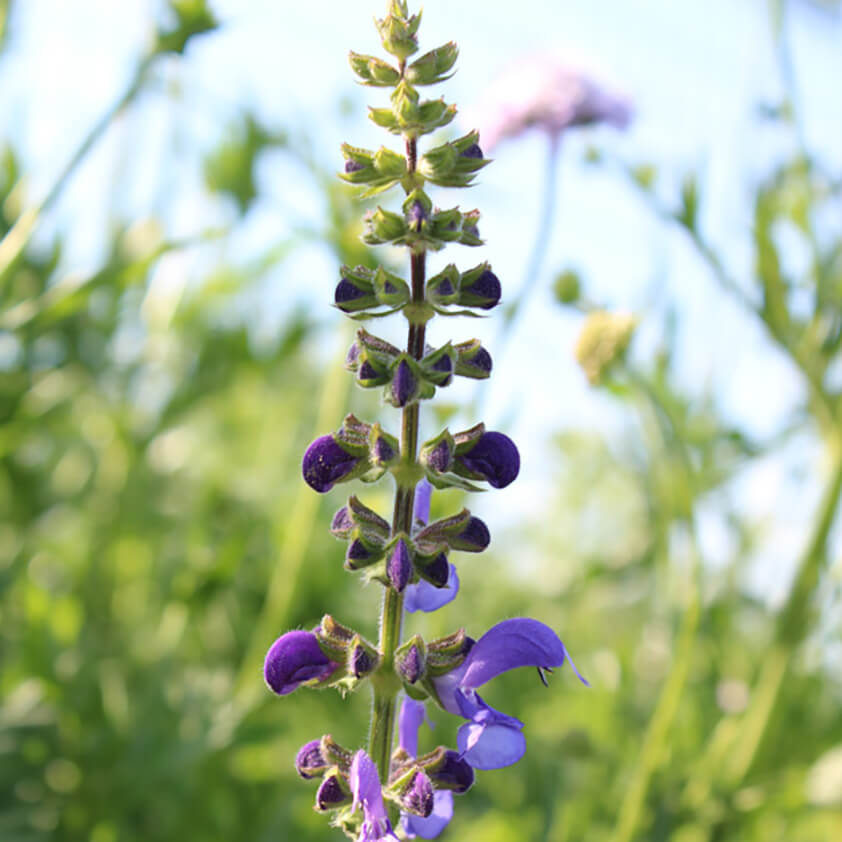
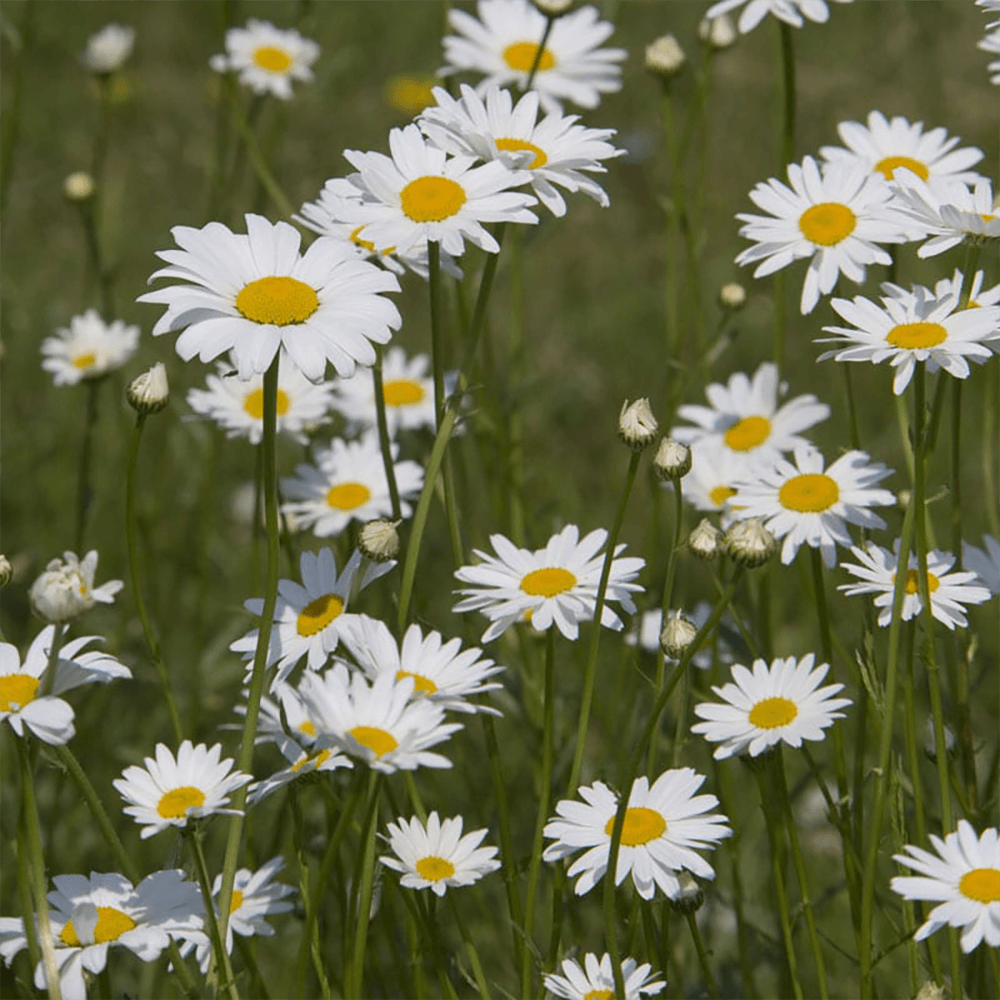
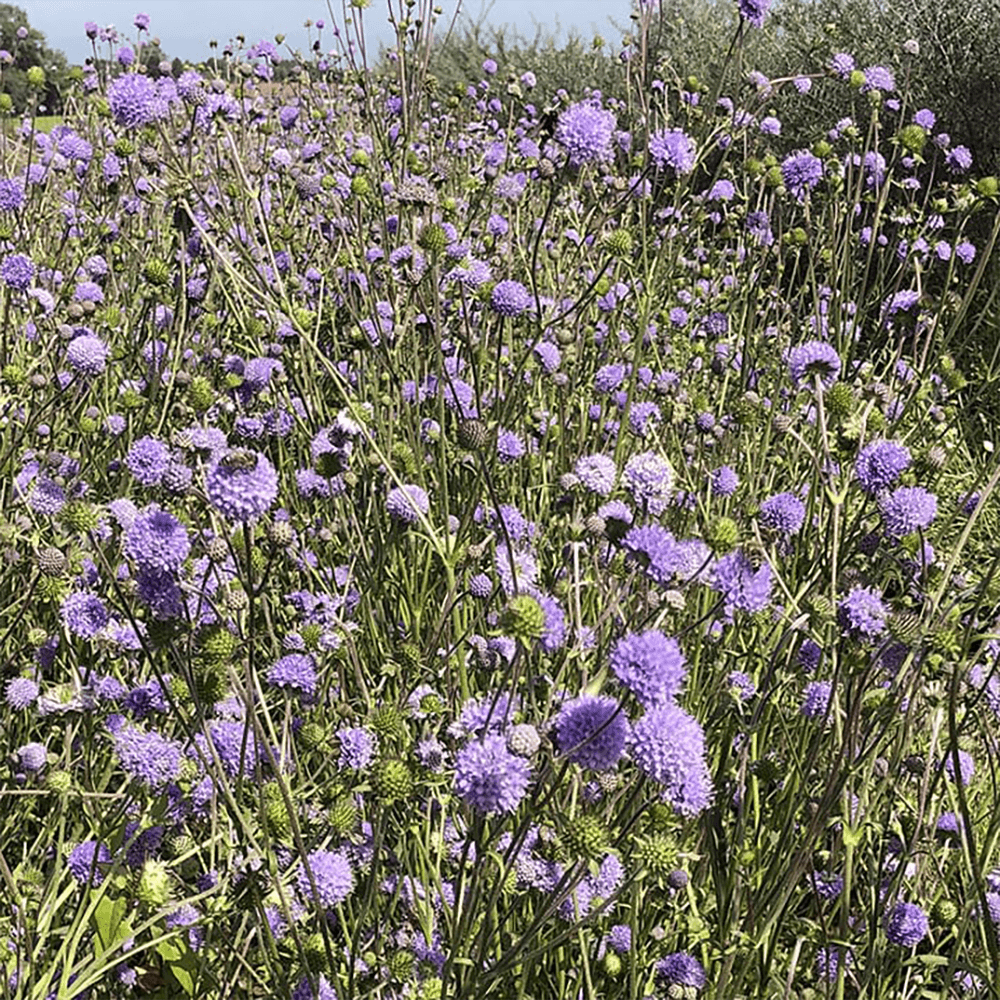
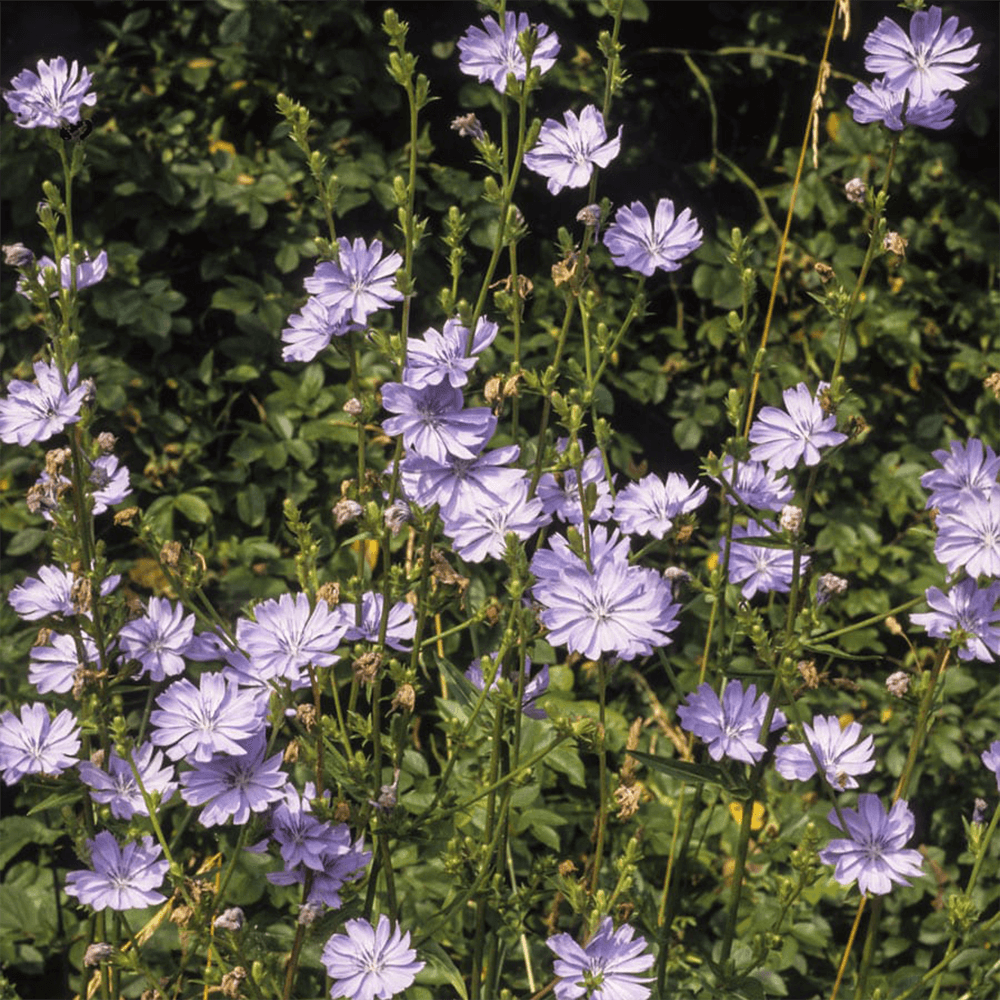
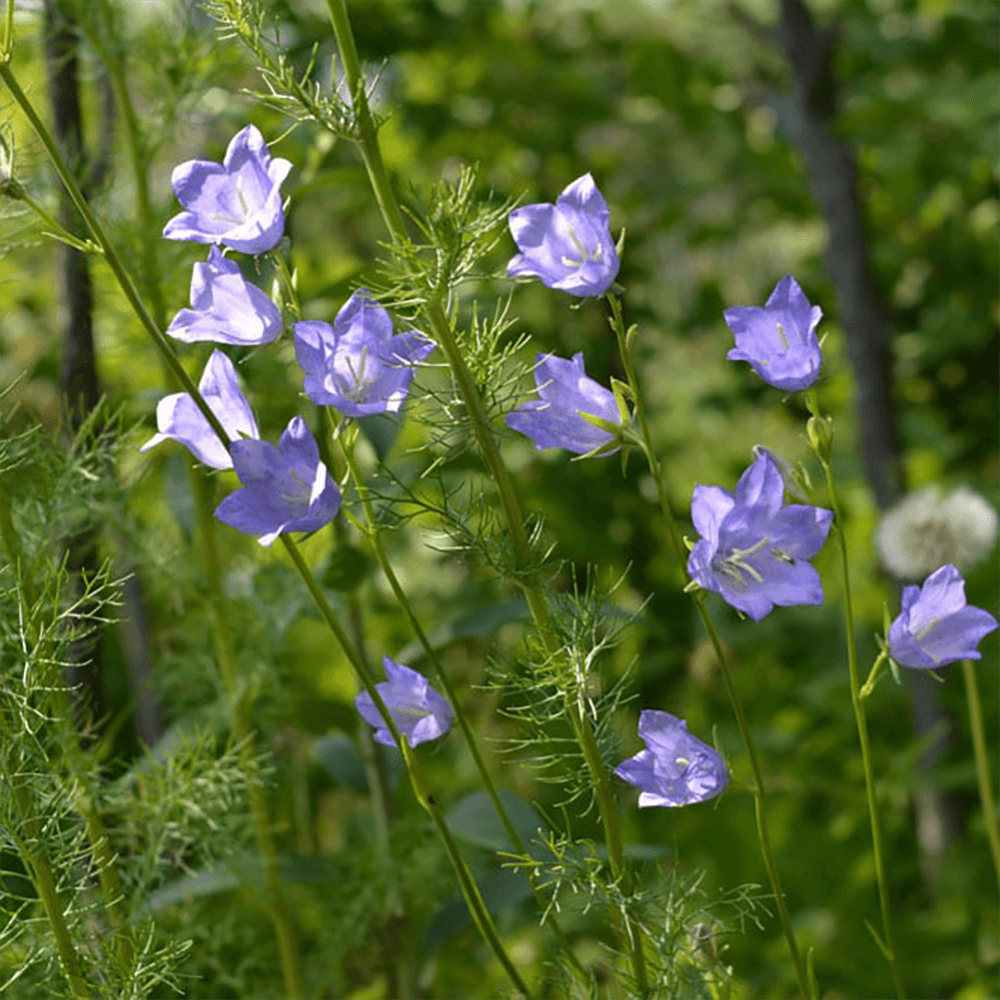
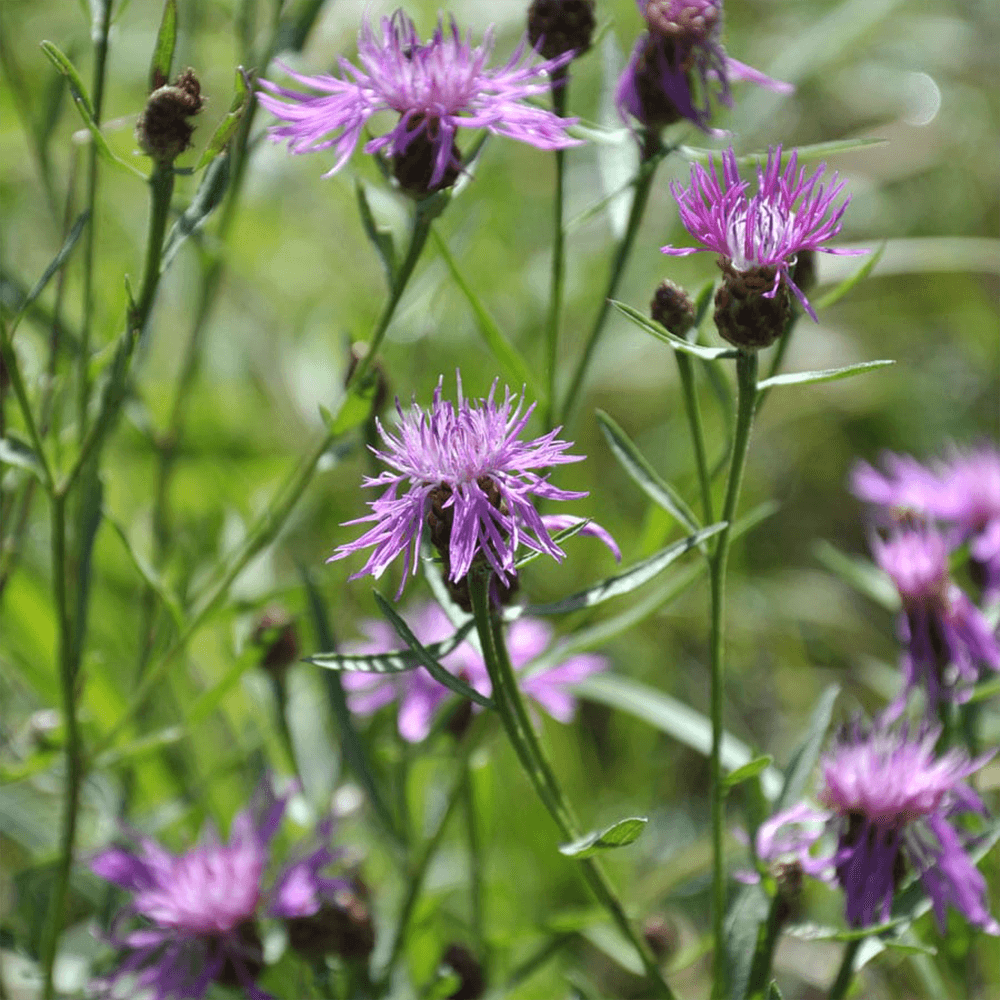
 We need your consent to load the content of YouTube.
We need your consent to load the content of YouTube.


